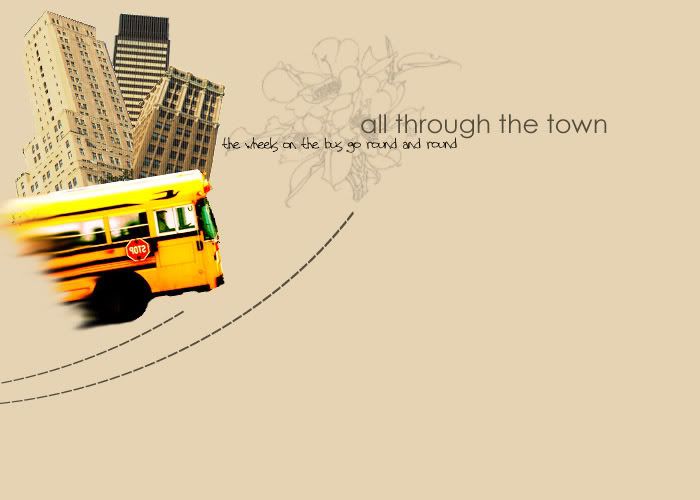XUAN ZANG.. YOUR JOURNEY BEGINS HERE...
Hello there!
I am XUAN ZANG, a buddhist monk whose dream is to travel from China to India.
I would love to learn more about Buddhism and i am on this treacherous journey to the west.As i quote
"I would rather die while travelling to the west than live by staying in the east."
I will not give up no matter what i do.
It's my dream..
i will fulfilL it.
10:22 PM
Khubilai Khan as the First Emperor, Shizu, 13th Century
Emperor Chengzhong
10:09 PM
The name Mongols specifies one or several ethnic groups largely located now in Mongolia, China, and Russia. A narrow definition includes the Mongols proper, which can be roughly divided into eastern and western Mongols. In a wider sense, the Mongol peoples includes people who speak a Mongolic language but use other self-designations, such as the Kalmyks of eastern Europe.
The name Monggol appeared first in 8th century records of the Chinese Tang dynasty, but then only resurfaced in the 11th century during the rule of the Khitan. At first it was applied to some small and still insignificant tribes in the area of the Onon River. In the 13th century, it grew into an umbrella term for a large group of Mongolic and Turkic tribes united under the rule of Genghis Khan.
The specific origin of the Mongolic languages and associated tribes is unclear. Some researchers have proposed that they developed from a Tungusic splinter group; others suspect Paleosiberian influences.
Today, people of Mongol origin live in Mongolia, China (Inner Mongolia), Russia, and a few other central Asian countries.
The differentiation between tribes and peoples (nationalities) is handled differently depending on the country. The Tumed, Chahar, Ordos, Bargut (or Barga), Buryats, Dorbots, Torguut, Dariganga, Uzemchin (or Uzumchin), Bayid, Khoton, Mingat, Zakchins, Darkhats, and Oirats (or Oolds or Ölöts) are all counted as tribes of the Mongols.
Other geographically dispersed Mongol peoples include the Moghol, Hazara, and Aimak in Afghanistan and Pakistan.
10:07 PM
A unique place of interest- DUNHUANG is a perfect place with beautiful landscapes. This historical city is now a renowned tourist city the Mogao Caves.
It is situated in the common boundary of Gansu Province, Qinghai Province and Xinjiang Province. Dunhuang, long ago referred to as 'Sha Zhou' (beautiful desert oasis), was the hub of middle and eastern silk routes in ancient times. The city landmark is an attractive statue, the idea of which comes from the mural in Mogao Caves, a shrine to the culture and arts of Dunhuang. From Mt.Qilian in the south, Mt. Mazong in the north and desert from east to west, the landform of Dunhuang City is a declining basin-plain from west to northeast, high in the north and south, and low in the middle. The western cities of China, especially those in the desert, are known for their sandstorms, so tourists should protect themselves with glasses, hats and gauze kerchiefs, etc.
In ancient times, Dunhuang was the centre of trade between China and its western neighbours. At that time, it was the most westerly frontier military garrison in China. With the flourishing of trade along the Silk Road, Dunhuang was prompted to become the most open area in international trade in Chinese history. It provided the only access westward for the Chinese Empire and eastward for western nationalities. Today, as a reminder of this historical area, the Mogao Caves is left, Yangguan Pass, Yumenguan Pass and many wonderful Chinese poems depicting the time. Although what remains of the two Passes are crumbling walls, one can still experience the atmosphere of that time while visiting in person.
9:39 PM
10:11 PM
The Silk Road essentially came into being from the 1st century BC, following these efforts by China to consolidate a road to the Western world and India, both through direct settlements in the area of the Tarim Basin and diplomatic relations with the countries of the Dayuan, Parthians and Bactrians further west.
A maritime Silk Route opened up between Chinese-controlled Jiaozhi (centred in modern Vietnam [see map above], near Hanoi) probably by the 1st century.
I am still travelling this great road, on to my journey to Great India. I will not give up. I will survive. This is my goal, my wish, my dream, i want to fulfill.
10:03 PM
10:02 PM












